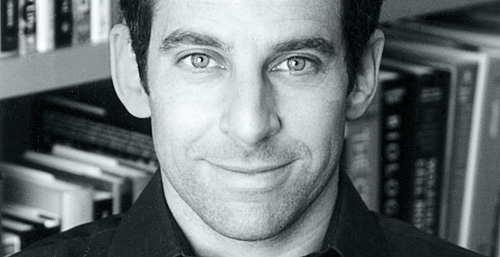January 25, 2007 Strange but True: Turning a Wobbly Table Will Make It Steady For every table—turn, turn, turn... there is a proof By JR Minkel
reposted from: http://www.sciam.com
my highlights / edits
It's a problem as old as civilization: the wobbly table. You may have thought your only recourse against this scourge is a hastily folded cocktail napkin stuffed under the offending leg. If so, take heart, because mathematicians have recently proved a more elegant solution. Just rotate the table.
The intuitive argument, which dates back at least to a 1973 Scientific American column by Martin Gardner, is straightforward. Consider a square table with four equally long legs. Any three of the legs must be able to rest on the floor simultaneously, as a tripod does. Assume the floor undulates smoothly and the fourth leg hovers above it

Now imagine turning the table about its center while keeping the first three legs grounded, or balanced. Once the table has rotated by 90 degrees, the wobbly leg must lie below the floor. (If you do not see why, imagine pushing down equally on the wobbly leg and a neighboring leg until the neighbor sinks below the floor and the wobbly leg touches down.) And so, at some point along the wobbly leg's arc, it has to hit a spot on which it can rest. As simple as this argument may sound, however, proof was a long time coming.
The first serious mathematical inroad against table wobbling seems to have occurred in the late 1960s with Roger Fenn, a PhD student at the University of London. One day Fenn and his graduate adviser ended up at a coffee shop faced with—you guessed it—an unsteady table. "The table wouldn't stop wobbling and we fiddled it around until we got it to stop," recalls Fenn, who is now at the University of Sussex.
At his adviser's suggestion, Fenn wrote out a proof that for any smoothly curving floor that bulges upward like a hill, there is at least one way to position the table so that it is balanced and horizontal. But he did not reveal how exactly to find that sweet spot, and he quickly tabled the subject. "I didn't think people were going to take this very seriously," he admits. "You say to somebody you've met, 'Well I'm trying to put a table on the floor so it doesn't wobble'; they'll say, 'Oh yeah?'"
The season for proving the table turning hypothesis would not arrive for another 35 years. By then, the idea had become such a part of mathematical lore that two years ago mathematician Burkard Polster of Monash University in Australia included it in an article on neat math tricks for teachers. He promptly received a letter pointing out that the idea would not work if a floor was too uneven or possessed sheer cliffs, such as between tiles.Polster rose to the challenge. "It's never been really pinpointed exactly what the ground should be like," he says. So he and some of his colleagues ran through the appropriate trigonometry and satisfied themselves that if a floor has no spots that slope by more than 35 degrees, then turning will indeed balance a square or rectangular table. They detail the proof in a paper accepted for publication by the Mathematical Intelligencer. (In one of those odd cases of co-discovery, a retired CERN physicist named André Martin published a similar result a few months before the Australians did.)
Polster's group even spells out a procedure for balancing the table [see video above]. First lift up the leg of the table diagonal from the wobbly leg. Make sure both legs are roughly equal distances off the ground and then begin rotating. "In practice," the researchers write, "it does not seem to matter how exactly you turn your table on the spot, as long as you turn roughly around the center of the table."
So, next time you feel a table start to tilt, put that napkin down and don't be shy about turning the tables on a wobbly dining experience. Rest assured, mathematics is on your side.














